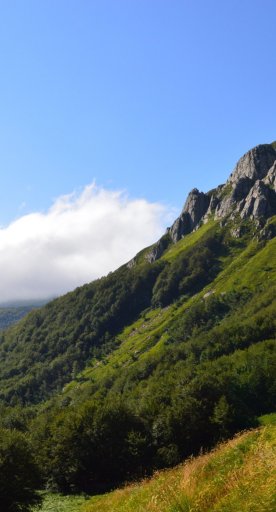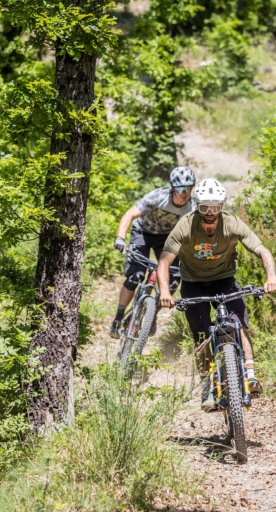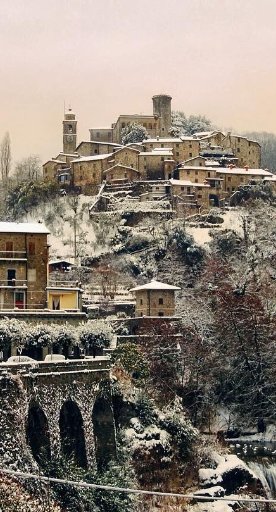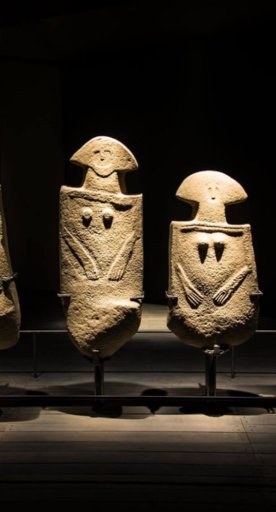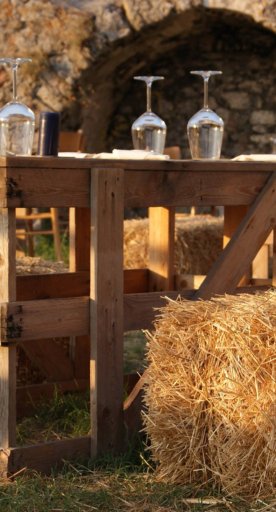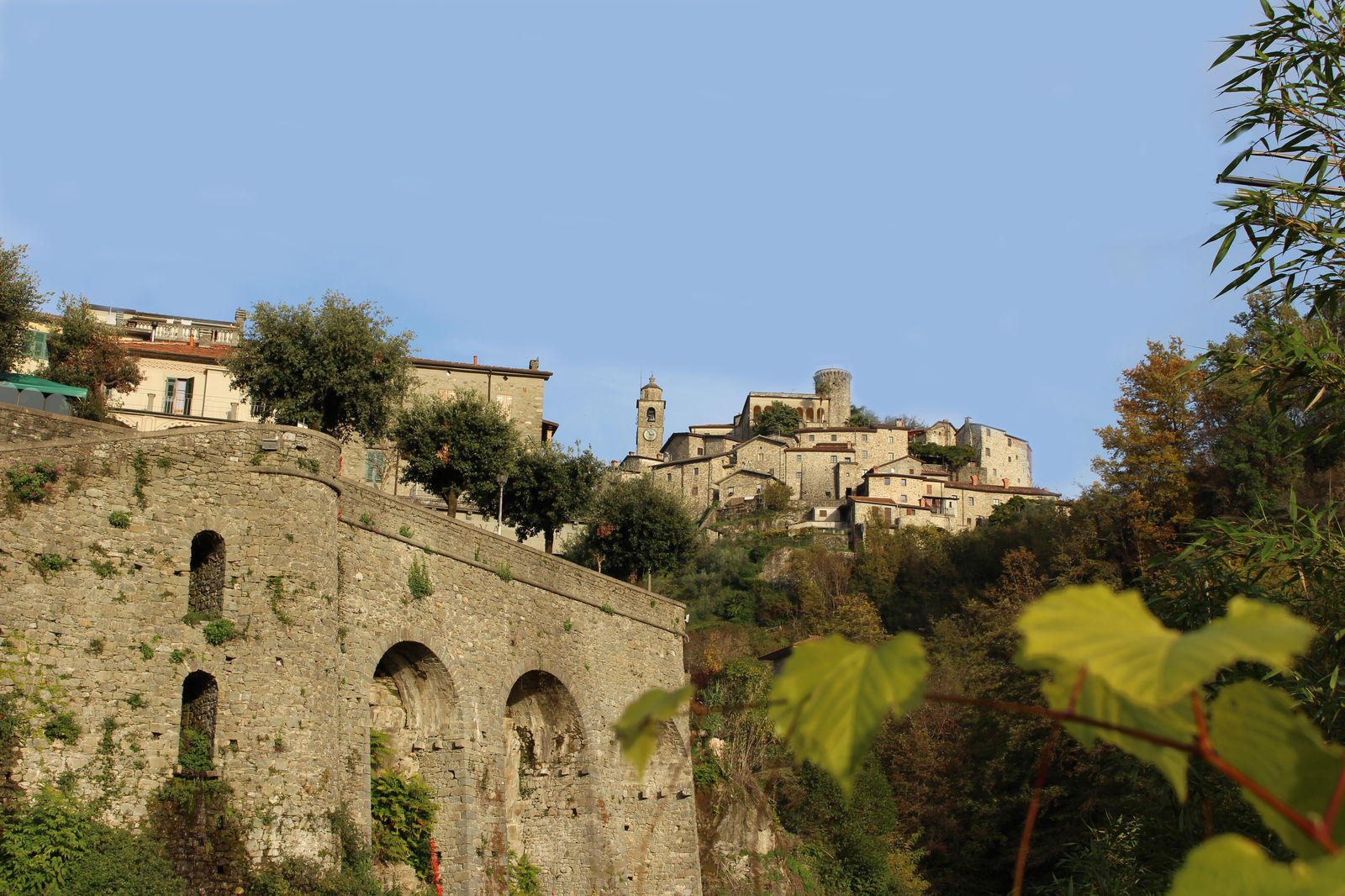From above, Bagnone Castle dominates the valley of the same name, crossed by a torrent rich in captivating little natural waterfalls. Since its origins, it has taken shape as an entity distinct from the "village below", formerly known as "Gutula": the latter was the village of artisans and shopkeepers, while the rulers, first Malaspina and then Noceti, lived in the Castle and relics were kept there.
Thus, the castle was the real political center that gave rise to Bagnone. The castle village is still perfectly preserved here in its medieval form.
You can drive or walk uphill to the castle, via a small trekking trail that starts in the village below from Porta di Santa Caterina. Beyond the bridge, the ancient village has now been replaced by a Theater built between the 1930s and 1940s. It takes about 10 minutes on foot from here to the Castle village, with its medieval tower-houses built from sandstone. In 1351, Bagnone Castle became the seat of the autonomous fiefdom of the first Marquis of Bagnone, Antonio Malaspina, who moved his noble residence here.
Due to Antonio's untimely death, the men of Bagnone decided to submit to the dominion of the Republic of Florence, which definitively acquired the fiefdom in 1471 and established the trusted noble Noceti family, originally from the village, here.
It was the Noceti family that brought a relic of the Holy Cross to Bagnone, originally placed just inside the Castle Church. The Noceti family, among whom the notable Master Pietro who is buried in the Cathedral of Lucca, built the noble palace adjacent to the circular tower, the original heart of the castle. In fact, the family bought a small house located to the west of the castle, the use of which was granted to Pier Francesco Da Noceto by the Medici family. In 1526, Florence gave the castle structure to Pier Francesco and his heirs as a gift and, in 1530, he was entrusted with governing Bagnone for life.
Today, Bagnone Castle is dominated by a cylindrical stone keep, crowned by corbels. The tower is the oldest part of the present-day complex, which has now completely disappeared and is partly incorporated into smaller buildings of the villa of the Counts Ruschi-Noceti, heirs of the ancient owners. The construction of the building began with ancient 16th-century structures and was extensively transformed during the 19th century.
Next to the Castle stands the small Church of San Nicolò, which contained the relic of the Holy Cross until the 18th century: "a Cross filled with most holy relics that came from Jerusalem in ancient times," as reported by Lorenzo Sarti in his chronicle of 1618. Giovanni Antonio Da Faie is buried here. He was an apothecary and chronicler originally from Malgrate, who dedicated numerous pages of his Chronicle of Lunigiana to Bagnone and to the Noceti Counts. The building, originally constructed in the Romanesque period, features a charming portico built in the 20th century.



